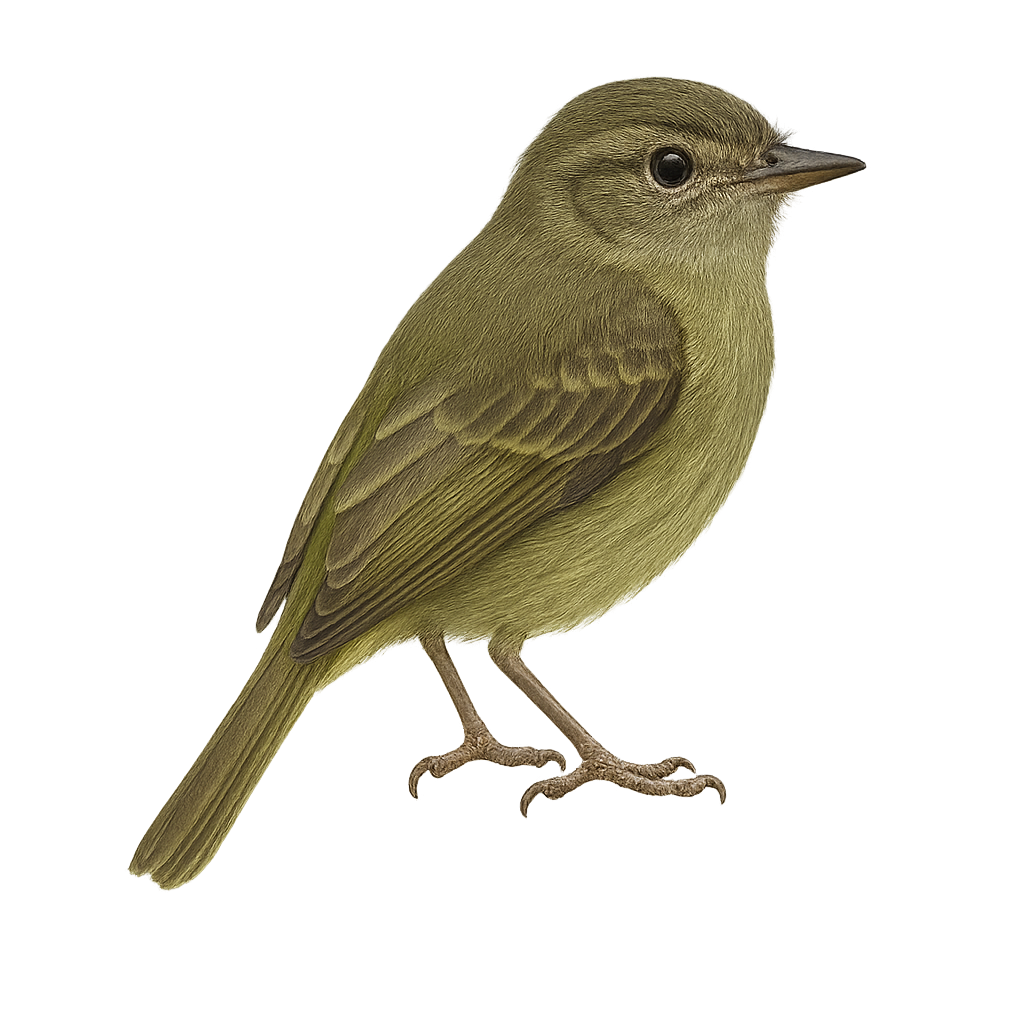Your wildlife photography guide.
Explore the mistletoe tyrannulet in detail, study its behavior, prepare your shots.
Where to observe and photograph the mistletoe tyrannulet in the wild
Learn where and when to spot the mistletoe tyrannulet in the wild, how to identify the species based on distinctive features, and what natural environments it inhabits. The WildlifePhotographer app offers tailored photography tips that reflect the mistletoe tyrannulet’s behavior, helping you capture better wildlife images. Explore the full species profile for key information including description, habitat, active periods, and approach techniques.
Mistletoe Tyrannulet
Scientific name: Zimmerius improbus

IUCN Status: Least Concern
Family: TYRANNIDAE
Group: Birds
Sensitivity to human approach: Suspicious
Minimum approach distance: 10 m
Courtship display: March to April
Incubation: 16-18 jours
Hatchings: April to May
Habitat:
Humid forests, subtropical forests, riparian zones
Activity period :
Primarily active during the day, with peak activity in the morning and late afternoon.
Identification and description:
The Zimmerius improbus, known as the Mistletoe Tyrannulet, is a small passerine bird belonging to the Tyrannidae family. It is primarily found in tropical and subtropical moist lowland forests, often near water. This small bird is distinguished by its olive-green plumage and lighter belly, allowing it to blend into its surroundings. It is known for its melodious song and varied vocalizations, often heard before being seen. The Mistletoe Tyrannulet is an active bird, spending most of the day foraging for insects and fruits in the canopy. Although its habitat is threatened by deforestation, it is currently classified as Least Concern by the IUCN.
Recommended lens:
400 mm – adjust based on distance, desired framing (portrait or habitat), and approach conditions.
Photography tips:
To photograph the Zimmerius improbus, it is advisable to use a telephoto lens of 400mm or more to capture detailed images without disturbing the bird. Look for it in humid and subtropical forests, especially near water bodies. Be patient and discreet, as this bird is suspicious and can be difficult to spot. Listen for its vocalizations to locate its position. Prefer morning or afternoon hours to benefit from soft natural light that will highlight the colors of its plumage.
The WildlifePhotographer App is coming soon!
Be the first to explore the best nature spots, track rutting seasons, log your observations, and observe more wildlife.
Already 1 430 wildlife lovers subscribed worldwide

